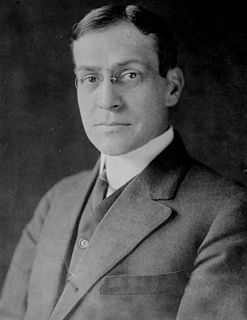 W
WNewton Diehl Baker Jr. was an American lawyer, Georgist, politician, and government official. He served as the 37th mayor of Cleveland, Ohio from 1912 to 1915. As U.S. Secretary of War from 1916 to 1921, Baker presided over the United States Army during World War I.
 W
WCyrus Leroy Baldridge was an artist, illustrator, author and adventurer. He was born to William Baldridge and Eliza Burgdorf Baldridge, in Alton, New York in 1889. When very young, his mother left his father and began a nomadic life as a traveling sales person, selling kitchen equipment from town to town. Devoted to this strong and independent woman, Baldridge's personality absorbed from her a spirit of quite exceptional individualism.
 W
WWalter Van Rensselaer Berry was an American lawyer, diplomat, Francophile, and friend of several great writers. He was also an American tennis player active in the late 19th century.
 W
WAlbert Hazen Blanding was a United States Army officer. Among the most distinguished military figures in Florida's history, he was a recipient of the Distinguished Service Medal.
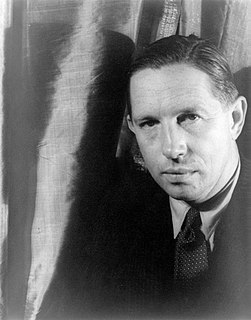 W
WLouis Bromfield was an American author and conservationist. A bestselling novelist in the 1920s, he reinvented himself as a farmer in the late 1930s and became one of the earliest proponents of sustainable and organic agriculture in the United States. He won the Pulitzer Prize, founded the experimental Malabar Farm near Mansfield, Ohio, and played an important role in the early environmental movement.
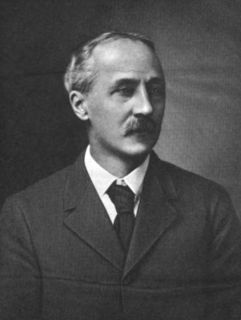 W
WGodfrey Lowell Cabot was an American industrialist who founded the Cabot Corporation.
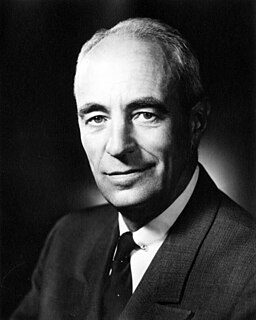 W
WThomas Dudley Cabot was an American businessman. He also became U.S. Department of State's Director of Office of International Security Affairs.
 W
WJosephus Daniels was an American newspaper editor and publisher from the 1880s until his death; he controlled the Raleigh News and Observer, at the time North Carolina's largest newspaper, for decades. A Democrat, he was appointed by United States President Woodrow Wilson to serve as Secretary of the Navy during World War I. He became a close friend and supporter of Franklin D. Roosevelt, who served as his Assistant Secretary of the Navy and later was elected as United States President. Roosevelt appointed Daniels as his Ambassador to Mexico, 1933–1941. Daniels was a vehement white supremacist and segregationist and, along with Charles Aycock and Furnifold Simmons, was a leading perpetrator of the 1898 Wilmington insurrection.
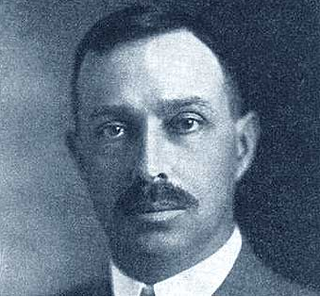 W
WRoland Burrage Dixon was an American anthropologist.
 W
WFelix Frankfurter was an Austrian-American lawyer, professor, and jurist who served as an Associate Justice of the Supreme Court of the United States. Frankfurter served on the Supreme Court from 1939 to 1962 and was a noted advocate of judicial restraint in the judgments of the Court.
 W
WLewis Ransome Freeman was an American explorer, journalist and war correspondent who wrote over twenty books chronicling his many travels, as well as numerous articles.
 W
WElizebeth Smith Friedman was an American expert cryptanalyst and author. She has been called "America's first female cryptanalyst".
 W
WWilliam Frederick Friedman was a US Army cryptographer who ran the research division of the Army's Signal Intelligence Service (SIS) in the 1930s, and parts of its follow-on services into the 1950s. In 1940, subordinates of his led by Frank Rowlett broke Japan's PURPLE cipher, thus disclosing Japanese diplomatic secrets before America's entrance into World War II.
 W
WDwight Palmer Griswold was a politician from the U.S. state of Nebraska. He served as the 25th governor of Nebraska from 1941 to 1947, and in the United States Senate from 1952 until his death in 1954. Griswold was a member of the Republican Party.
 W
WThomas Scofield Handforth was an American artist and etcher. He wrote and illustrated the children's picture book Mei Li based on personal experience in China and won the 1939 Caldecott Medal for illustration.
 W
WNewell Dwight Hillis was a Congregationalist minister, writer, and philosopher from Brooklyn. He served as pastor of the historic Plymouth Church of the Pilgrims in Brooklyn, and he oversaw the completion of the last major renovation of the church.
 W
WRobert Silliman Hillyer was an American poet.
 W
WSidney Coe Howard was an American playwright, dramatist and screenwriter. He received the Pulitzer Prize for Drama in 1925 and a posthumous Academy Award in 1940 for the screenplay for Gone with the Wind.
 W
WJohn Augustus Hulen was an officer of the Texas National Guard from 1898 to 1935 and Adjutant General of Texas. Hulen served during the Spanish–American War, Philippine Insurrection, Mexican Punitive Expedition, and World War 1. At his retirement in 1935, Hulen received a state promotion to lieutenant general to recognize the distinguished service he rendered throughout his long career.
 W
WRobert Whitney Imbrie was the first United States Foreign Service officer to be assassinated. He was murdered in Tehran, Iran while serving on temporary assignment.
 W
WWilliam Witherle Lawrence was an American philologist who served as Professor of English at Columbia University from 1905 to 1936.
 W
WRobert Keith Leavitt (1895–1967) was a Harvard-educated New York City advertising copywriter who turned to non-fiction writing. He was the author of many books, including a history of Webster's Dictionary and "The Chip on Grandma's Shoulder" (1954.) 'Bob' Leavitt was also the longtime historian of the original The Baker Street Irregulars, devoted to all things Holmesian, about which he wrote in his "The Origins of 221B Worship."
 W
WCharles Laurie McCawley was an American officer who served in the United States Marine Corps during the Spanish–American War and World War I. He who was one of only 23 Marine Corps officers awarded the Marine Corps Brevet Medal for bravery.
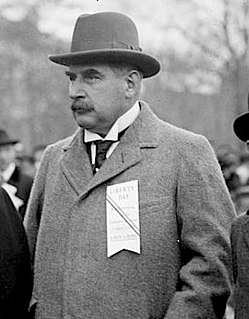 W
WJohn Pierpont "Jack" Morgan Jr. was an American banker, finance executive, and philanthropist. He inherited the family fortune and took over the business interests including J.P. Morgan & Co. after his father J. P. Morgan died in 1913.
 W
WJohn Ohleyer Moseley was an American educator. A Rhodes Scholar, he was a Professor of Latin at the University of Oklahoma in the 1920s. He was President of the Sigma Alpha Epsilon fraternity in the 1930s. He served as the President of Central State College from 1935 to 1939, and the University of Nevada, Reno from 1944 to 1949.
 W
WFrederick Palmer was an American journalist and writer.
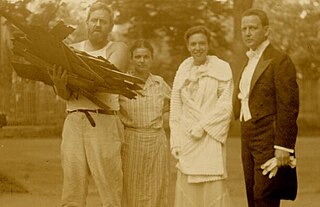 W
WWaldo Peirce was an American painter, who for many years reveled in living the life of a bohemian expatriate.
 W
WPuerto Ricans and people of Puerto Rican descent have participated as members of the United States Armed Forces in every conflict in which the United States has been involved since World War I.
 W
WThomas Stockdale Rhea (1871–1946) was a Democratic politician from the U.S. Commonwealth of Kentucky. He served as Kentucky State Treasurer in 1912 and was state highway commissioner in the administration of Governor Ruby Laffoon. Known as "The Sage of Russellville" or "The Gray Fox", Rhea was a powerful Democratic political boss in the state. He was an unsuccessful candidate for governor in 1935, losing to A. B. "Happy" Chandler in the Democratic primary.
 W
WCharles Emil Ruthenberg was an American Marxist politician and a founder and head of the Communist Party USA (CPUSA).
 W
WCharles Satterlee was an officer in the United States Coast Guard during World War I.
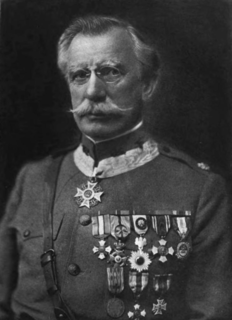 W
WLouis Livingston Seaman, FRGS was an American surgeon, born in Newburgh, New York.
Henry George Seldes was an American investigative journalist, foreign correspondent, editor, author, and media critic best known for the publication of the newsletter In Fact from 1940 to 1950. He was an investigative reporter of the kind known in early 20th century as a muckraker, using his journalism to fight injustice and justify reform. But by his time the public mood had changed, and reader demand for muckraking was much weaker.
 W
WWalter Campbell Short was a lieutenant general in the United States Army and the U.S. military commander responsible for the defense of U.S. military installations in Hawaii at the time of the Japanese attack on Pearl Harbor on December 7, 1941.
 W
WDavid Watson Taylor was a U.S. naval architect and an engineer of the United States Navy. He served during World War I as Chief Constructor of the Navy, and Chief of the Bureau of Construction and Repair. Taylor is best known as the man who constructed the first experimental towing tank ever built in the United States.
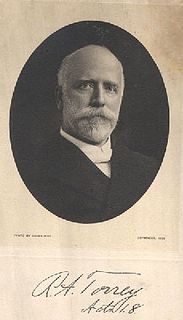 W
WReuben Archer Torrey was an American evangelist, pastor, educator, and writer. He aligned with Keswickian theology.
 W
WCharles Henry Tuttle was an American lawyer, politician and civic activist. He was the 1930 Republican nominee for Governor of New York in the election against Franklin D. Roosevelt.
 W
WThomas Woodrow Wilson was an American politician and academic who served as the 28th president of the United States from 1913 to 1921. A member of the Democratic Party, Wilson served as the president of Princeton University and as the 34th governor of New Jersey before winning the 1912 presidential election. As president, he oversaw the passage of progressive legislative policies unparalleled until the New Deal in 1933. He also led the United States into World War I in 1917, establishing an activist foreign policy known as "Wilsonianism". He was the leading architect of the League of Nations.
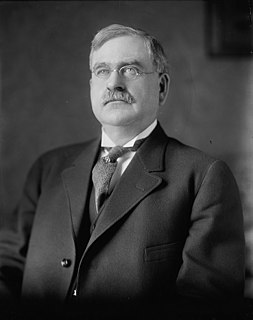 W
WLafayette ("Lafe") Young was a newspaper reporter and editor, and (briefly) a Republican Senator from Iowa.